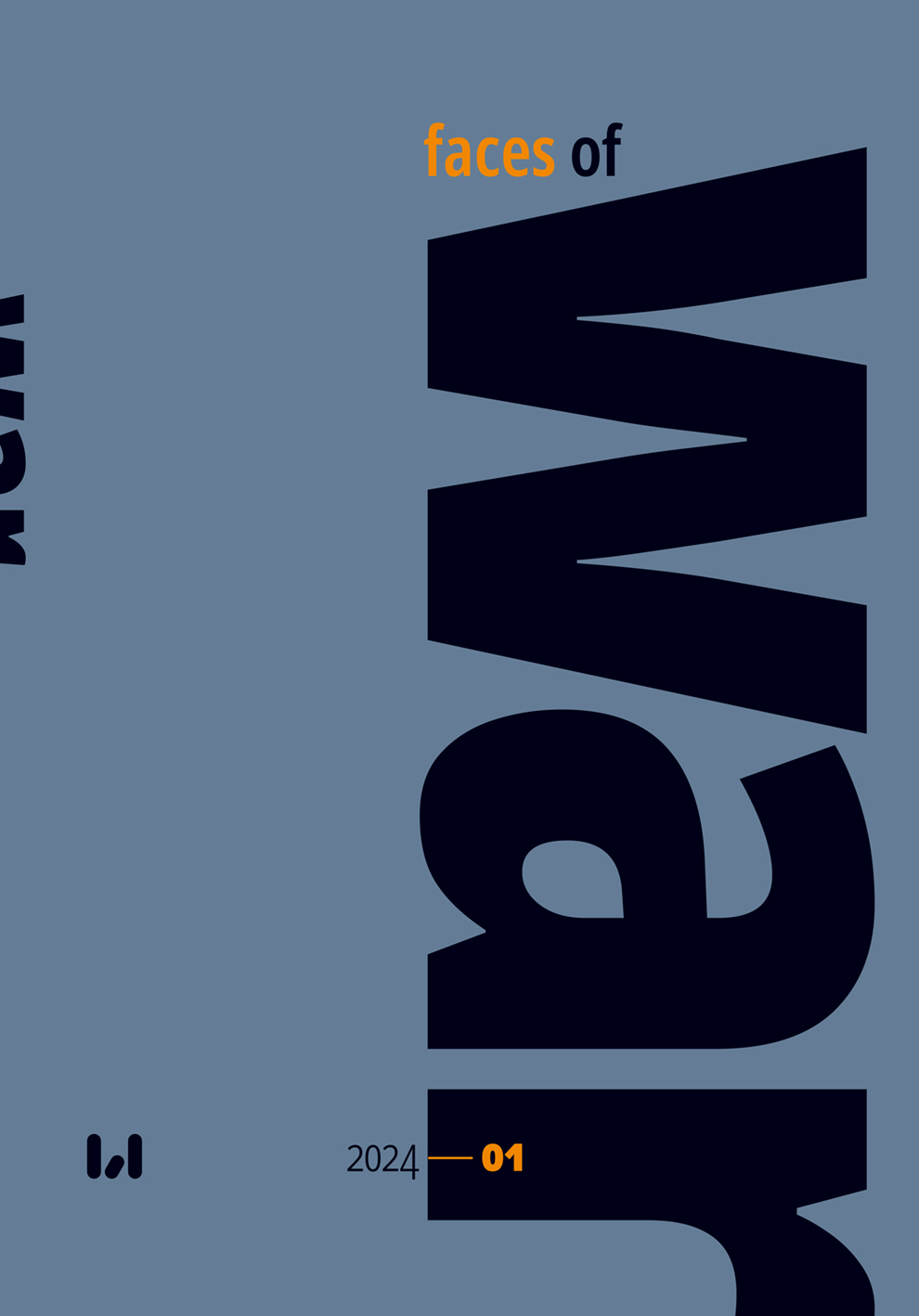The Mongol Invasion of Hungary in 1241–1242. New Perspective
DOI:
https://doi.org/10.18778/3071-7779.2024.1.02Keywords:
Mongolian warfare, the battle of Muhi, military orders, local resistance, King Béla IVAbstract
The Mongols invaded Hungary in the spring of 1241 and occupied it until the middle of 1242. Recent research has unearthed new data in connection with Hungarian resistance against the Mongols and on the basis of these new observations of historians and archaeologists we can conclude that local resistance was substantially stronger than had been concluded earlier. The Mongols faced serious difficulty in expanding their occupation in Hungary. New light has also been shed on the history of the battle of Muhi, which was the decisive turning point in the Mongolian campaign. Hungarian troops, especially warriors of the military orders (Knights Templar and Knights Hospitaller) caused serious damage to the Mongols, who later regarded this battle as the most difficult one that had been fought against European foes. Western and eastern parts of the country alike put up serious resistance during the months following the battle of Muhi. The Mongols were reluctant to cross the Danube River because formidable Hungarian forces were gathering in Transdanubia (the western part of the country), and when they finally did cross the river in January 1242, they laid waste only to the vicinity of the main roads in those parts of the country. Although the extent of devastation was staggering, the country was able to recover from it in a few years, and would have been ready to face a second Mongol invasion if it had materialised.
References
HNAB. DA. – Hungarian National Archive Budapest. Diplomatic Archive. no. 256 https://archives.hungaricana.hu/hu/charters/view/2931/?pg=0&bbox=473%2C-3491%2C3727%2C-1699. Available on-line: September 29, 2023.
View in Google Scholar
HNAB. DA. – Hungarian National Archive Budapest. Diplomatic Archive. no. 58 388 https://archives.hungaricana.hu/hu/charters/view/3999/?pg=6&bbox=954%2C-2700%2C7413%2C-165. Available on-line: September 29, 2023.
View in Google Scholar
HNAB. DA. – Hungarian National Archive Budapest. Diplomatic Archive. no. 70 587 https://archives.hungaricana.hu/hu/charters/view/3711/?pg=3&bbox=569%2C-2774%2C3284%2C-1709. Available on-line: September 29, 2023.
View in Google Scholar
CFHH 3. 1938. Catalogus Fontium Hungariae Historicae 3. A.F. Gombos (ed.), Budapestini.
View in Google Scholar
Hermann R. (ed.), 2017. Magyarország hadtörténete 1. Budapest.
View in Google Scholar
Katona T. (ed.), 1981. A tatárjárás emlékezete. Budapest.
View in Google Scholar
Kristó Gy. 2003. Nem magyar népek a középkori Magyarországon, Budapest.
View in Google Scholar
Laszlovszky J., Pow S., Romhányi B.F., Ferenczi F., Pinke Z. 2018. Contextualizing the Mongol Invasion of Hungary in 1241–42: Short and Long Term Perspectives. “The Hungarian Historical Review” 7(3), 419–450.
View in Google Scholar
Maiorov A., Hautala E. (eds), 2021. The Routledge Handbook of the Mongols and Central-Eastern Europe: Political, Economic, and Cultural Relations. Abingdon.
View in Google Scholar
DOI: https://doi.org/10.4324/9780367809959
Nagy B. (ed.), 2003. Tatárjárás. Budapest.
View in Google Scholar
SRH 2. 1938. Scriptores rerum Hungaricarum 2. E. Szentpétery (ed.), Budapestini.
View in Google Scholar
Szabó B., János J., Uhrin D. (eds), 2022. Mongol invázió Európa ellen (1236–1242). Budapest.
View in Google Scholar
Downloads
Published
How to Cite
Issue
Section
License

This work is licensed under a Creative Commons Attribution-NonCommercial-NoDerivatives 4.0 International License.





